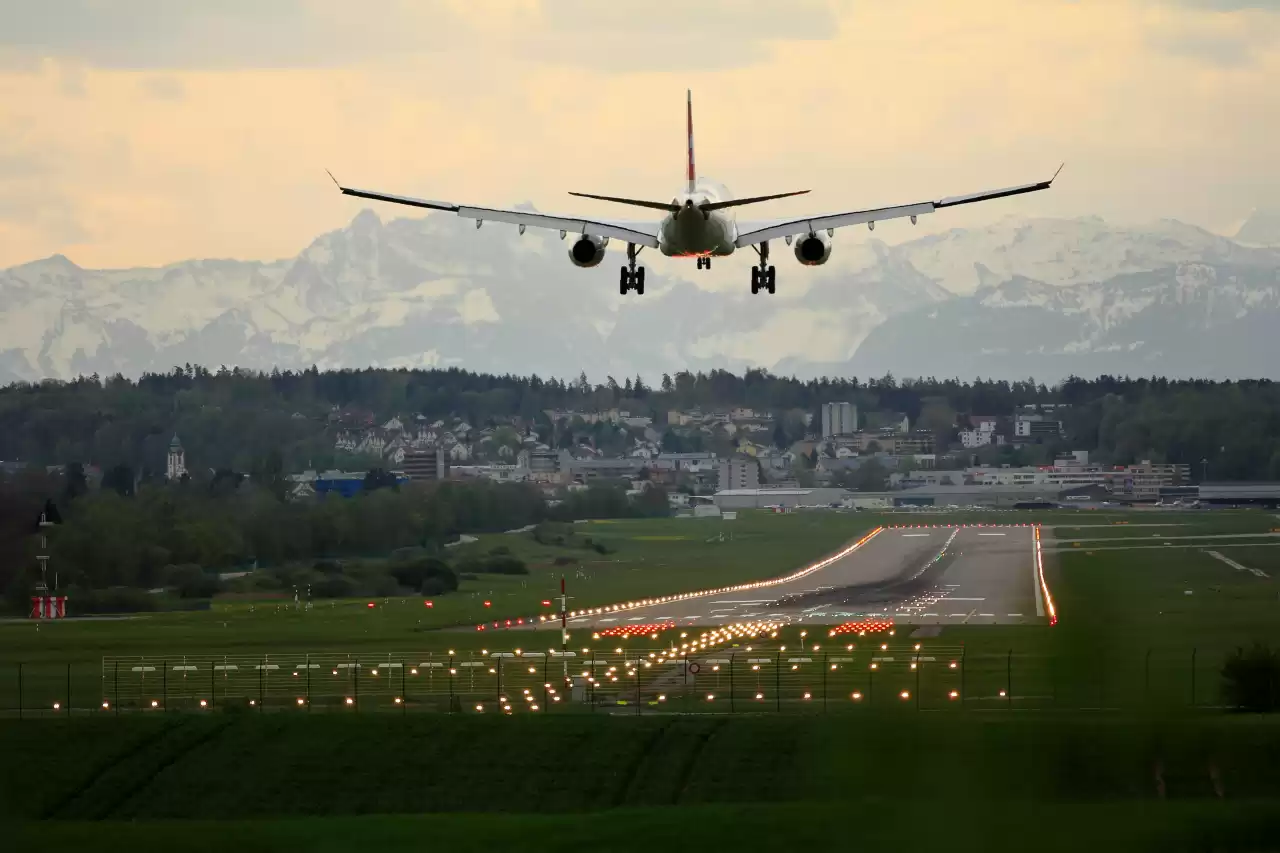ACI World Announces 2023's Busiest Airports
ACI World Announces 2023's Busiest Airports
The International Airports Council (ACI World) has released its annual list of the world's busiest airports for 2023, spotlighting major hubs that continue to lead in passenger traffic globally. This year's list includes a diverse array of airports, with Istanbul Airport claiming a spot among the top ten, emphasizing its growing status as a global aviation hub.
10. Indira Gandhi International Airport, India
Situated in Delhi, the Indira Gandhi International Airport has seen a significant increase in traffic, serving as a critical gateway not only for India but for connecting flights between the East and the West. Its inclusion in the top ten underscores the rapid growth of India's aviation sector.
9. O'Hare International Airport, USA
Chicago's O'Hare International remains a major hub, especially for domestic flights within the United States. Known for its busy runways and as a critical link for international connections, O'Hare continues to handle a vast number of passengers annually.
8. Los Angeles International Airport (LAX), USA
LAX serves as the primary airport for the greater Los Angeles Area and is renowned for its substantial traffic, both domestic and international. It plays a crucial role in connecting the U.S. West Coast with Asia and Latin America.
7. Istanbul Airport
Istanbul Airport, relatively new yet swiftly gaining in prominence, strategically bridges the East and the West. Its modern facilities and significant capacity expansion have allowed it to climb rapidly in the rankings of the world’s busiest airports.
6. Denver International Airport, USA
Denver International Airport stands as the largest airport by land area in the United States and serves as a vital hub for mid-continent traffic. It connects a vast domestic network with growing international services, particularly to Europe and Latin America.
5. Haneda International Airport, Japan
Located in Tokyo, Haneda Airport handles a mix of domestic and international flights and is preferred for its proximity to the city center compared to Narita. Its efficiency and high capacity make it a critical node in Asia's air traffic network.
4. Heathrow Airport, London
Heathrow remains Europe’s busiest airport and a significant entry point to the continent. Despite facing capacity constraints, it handles immense international traffic, particularly connecting the U.K. with the U.S., Asia, and the Middle East.
3. Dallas/Fort Worth International Airport, USA
Serving as a primary hub for the southern United States, Dallas/Fort Worth supports extensive domestic and international flights. Its strategic location facilitates significant transit traffic between the East and West coasts of the U.S.
2. Dubai International Airport, Dubai
Dubai International Airport is pivotal in connecting the East with the West. Known for its luxurious amenities and as a major hub for Emirates Airline, the airport specializes in long-haul international flights and is a major transit hub for passengers traveling between Europe, Asia, Africa, and the Middle East.
1. Hartsfield-Jackson Atlanta International Airport, USA
Maintaining its position as the busiest airport in the world, Atlanta serves as a primary hub for the southeastern United States and is a major transit point for domestic and international flights. Its efficiency and high flight frequency are hallmarks that attract a vast passenger volume yearly.
These rankings not only highlight the strategic importance of these airports in global air travel but also underscore the ongoing recovery and growth of the aviation industry post-pandemic. Airports around the globe are continuously enhancing their infrastructure to better handle the growing number of passengers and to improve the overall travel experience.
Featured


11 Months of Increase in the Number of Travellers from the UK to Turkey: 10.8 Million Passengers
Details
UK Drops Tax on Transit Passengers, Maintains Entry Fee for Direct Arrivals
Details
Top Destinations Preferred by British Tourists: Explore the World with Caria Holidays
Details
Surge in Holiday Plans Among Brits as Travel Confidence Rebounds
Details
1.4 Billion People Traveled Internationally in 2024: UN World Tourism Organization Report
Details
Antalya Welcomes 17 Million Tourists in 2024!
Details

